
Scientists have found that a gene on the X chromosome, which escapes silencing, promotes inflammation and neurodegeneration in a mouse model of multiple sclerosis, but the effects can be reversed with metformin. Human RNA sequencing data supports […]
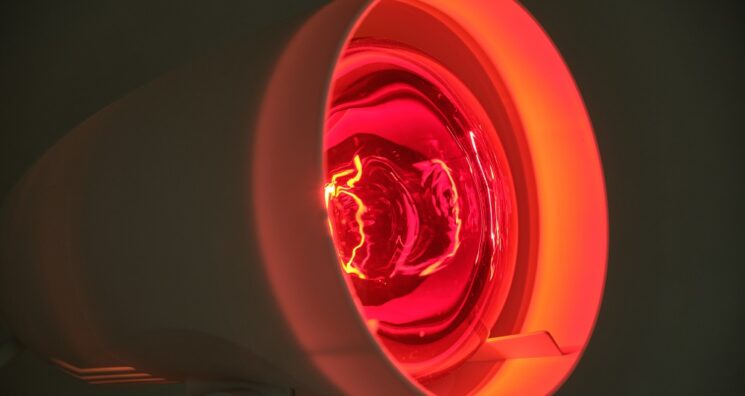
Researchers have discovered that infrared lasers promote the clearance of toxic metabolites from the brains of age-accelerated mice by improving lymphatic drainage. Gunking up the works Advanced glycation end-products (AGEs), like their acronym suggests, accumulate with age. These substances, which […]
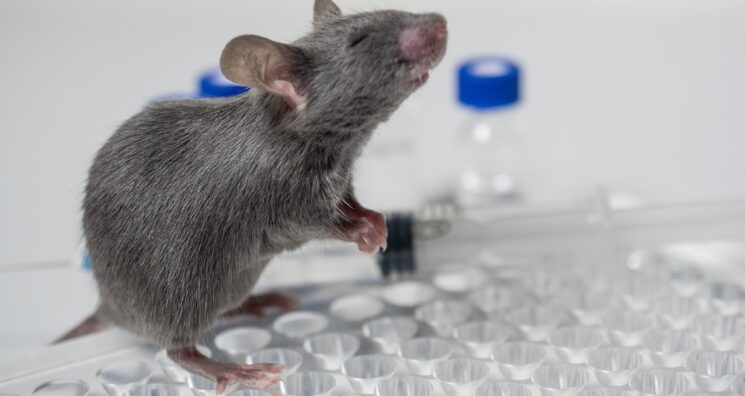
A new report from the Interventions Testing Program adds three new compounds to the list of lifespan-extending compounds confirmed during their experiments: epicatechin, halofuginone, and mitoglitazone [1]. Rigorous testing The […]
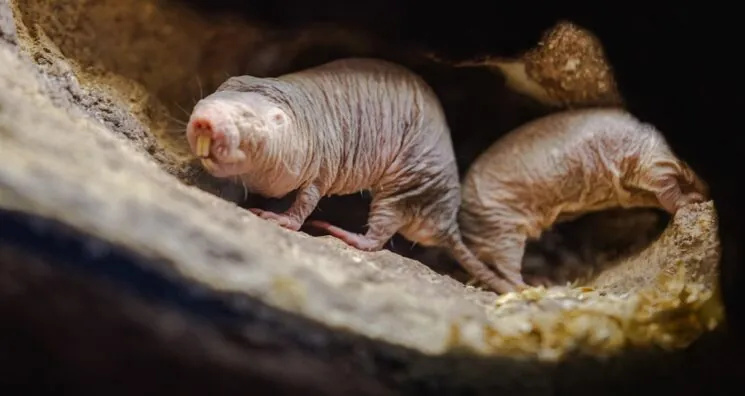
Scientists have found that the cGAS protein in naked mole rats, a famously long-lived species, boosts DNA repair, while the human version tends to hamper it. The difference boils down to just four amino acids [1]. […]

In Aging Cell, researchers have described core genes that apply to a wide variety of species and appear to be causal drivers of aging. […]

Scientists have created polymersomes, a type of nanoparticle, that latch onto a master regulator of amyloid-beta clearance, diverting it towards a more efficient route. […]

Spanning 350 square metres, the new Centre brings together state-of-the art facilities within an integrated multidisciplinary framework to enable clinical research and implementation of gerodiagnostics […]

Researchers publishing in the International Journal of Molecular Sciences have showcased their creation of PASS GERO, a public-facing application that allows researchers to evaluate potential anti-aging compounds. […]

The Alliance for Longevity Science, Arts & Entertainment (ALSAE)—pronounced “all say”—today announced its official launch, pioneering a new nonprofit effort to accelerate progress against the chronic diseases of aging by bridging breakthroughs in longevity science with the transformative influence of […]
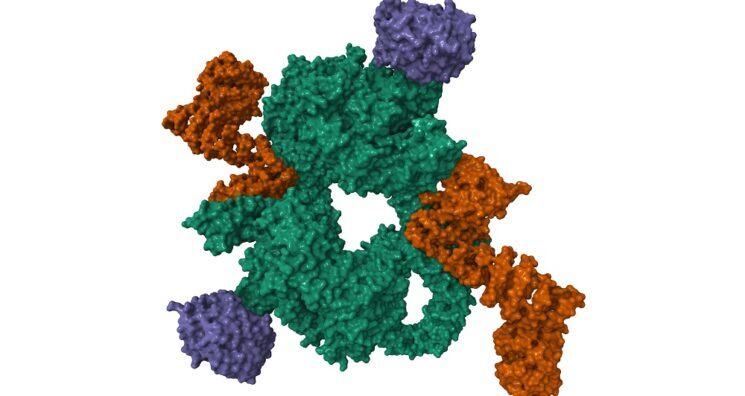
A team of scientists has reviewed the clinical data regarding low-dose rapamycin therapy in healthy adults. They concluded that, while there is plenty of preclinical data regarding the impact of rapamycin, there is no sufficient evidence that low-dose […]

To challenge cultural stereotypes and misconceptions about longevity, a new organization aims to engage people who create culture. Its list […]

In Advanced Science, a team of researchers has explained how partial cellular reprogramming through the OSKM factors restores nerve repair ability to older animals. Stress as a signal This paper focuses on Schwann cells, glial cells that […]
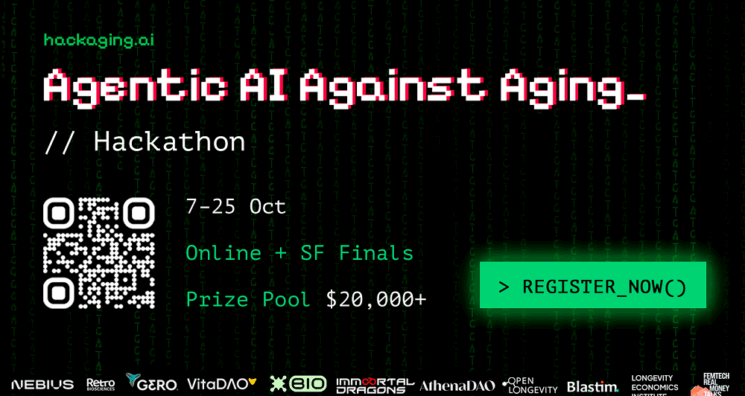
HackAging.ai is the global online hackathon at the intersection of Agentic AI and longevity science, bringing together researchers, founders, and engineers to accelerate solutions that extend healthy […]
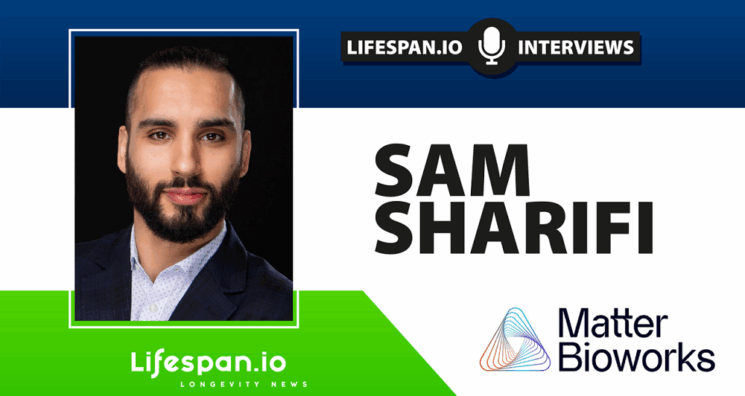
Among the hallmarks of aging, DNA damage is both one of the most important and one of the hardest to crack. A couple […]
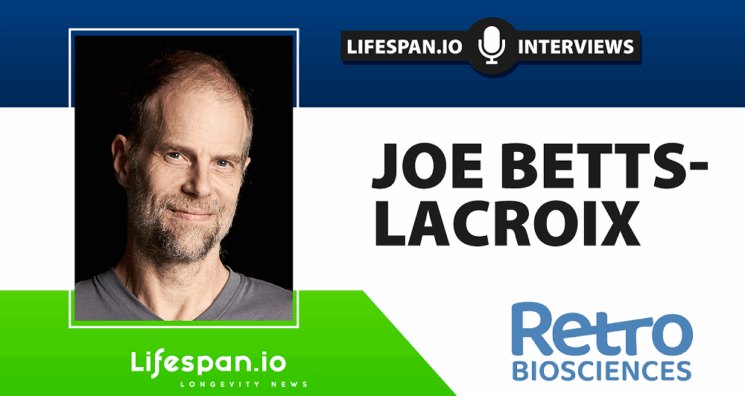
Retro Biosciences, one of the hottest startups in the longevity field, was founded about five years ago by the tech entrepreneur […]
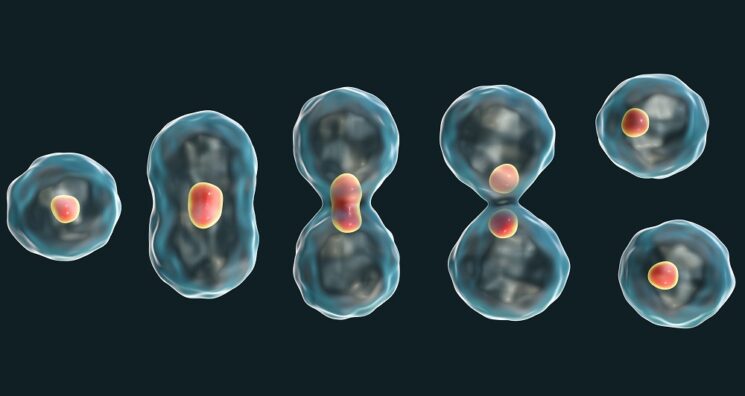
A recent study reported that the effectiveness of the senotherapeutic drug ABT-263 depends on the cell’s DNA content, which is based on the cell cycle phase at which the senescent cell was arrested [1]. A personalized approach […]

Last month was full of news on both rejuvenation advocacy and rejuvenation advancements, including our new Public Longevity Group initiative along with our paper on Urolithin A being accepted into Aging Cell. Here’s what’s happened in September. Team and activities […]
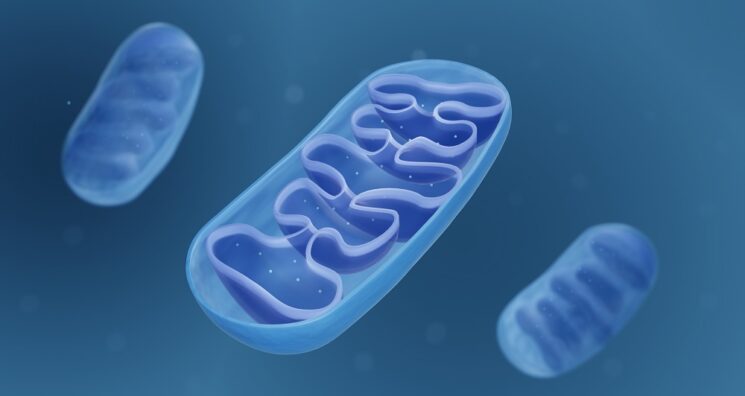
Scientists have discovered a possible mechanism behind age-related inflammation. It involves wrong building blocks being incorporated into mitochondrial DNA during replication and can be countered by adding the correct ones [1]. Too similar […]

YouthBio Therapeutics, a biotechnology company pioneering partial cellular reprogramming to treat diseases of aging, today announced a successful INTERACT meeting with the FDA for its lead […]
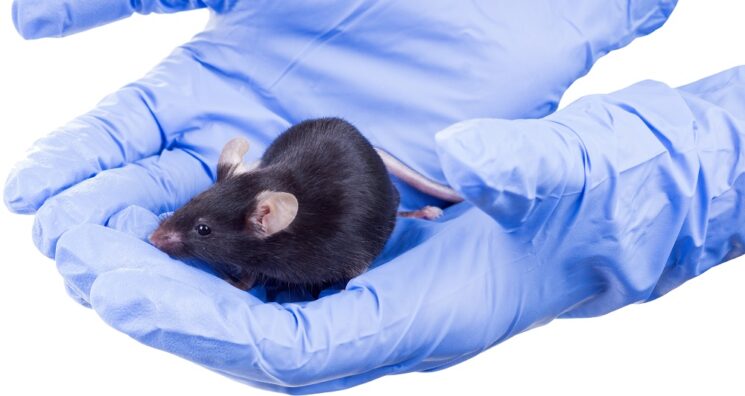
The Conboy lab in Berkeley has discovered a treatment combination that greatly extends lifespan in old male mice and published its findings in Aging. A combination […]
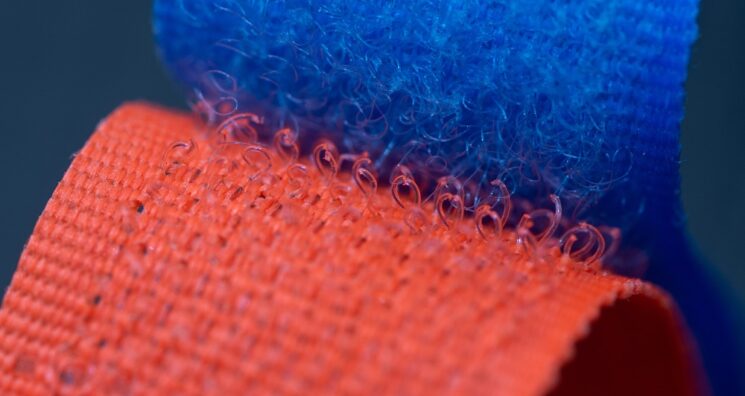
Scientists have reported a breakthrough in treating solid tumor cancers using a Velcro-like tool that targets glycans, surface sugars especially abundant in cancer cells. This potentially […]
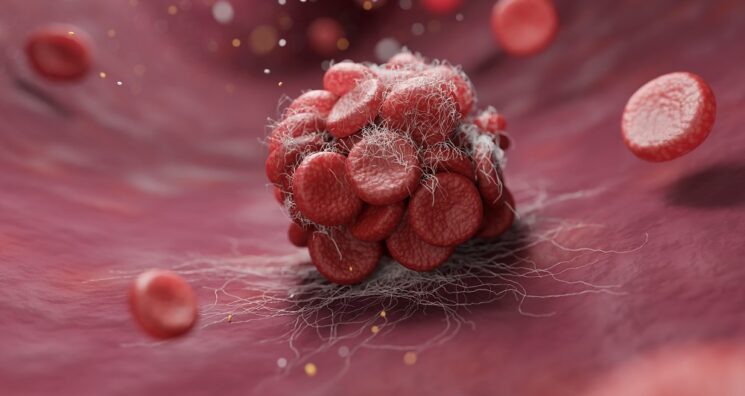
In Aging Cell, researchers have described a method by which platelet-forming cells are rapidly generated from hematopoietic stem cells (HSCs), bypassing […]

Recent commentary in Nature Aging summarized the results of clinical trials for senolytics and discussed recommendations for future clinical trials that use personalized medicine approaches [1]. From basic science to clinical […]

Scientists have discovered a pathway behind the known effect of exercise suppressing appetite: a lactate-related metabolite that acts directly on certain neurons. Not just more calories burned It has been long known that, somewhat counterintuitively, exercise transiently suppresses appetite. […]

European scientists have created a GPT-based model that can predict the risk of more than a thousand diseases on par […]

In Aging Cell, researchers have outlined the relationship between Alzheimer’s, increased pain sensitivity, and the enzyme LPCAT2. Pain is among the earliest signs The key characteristics of Alzheimer’s disease, such as cognitive decline and brain deterioration, are very well-known […]
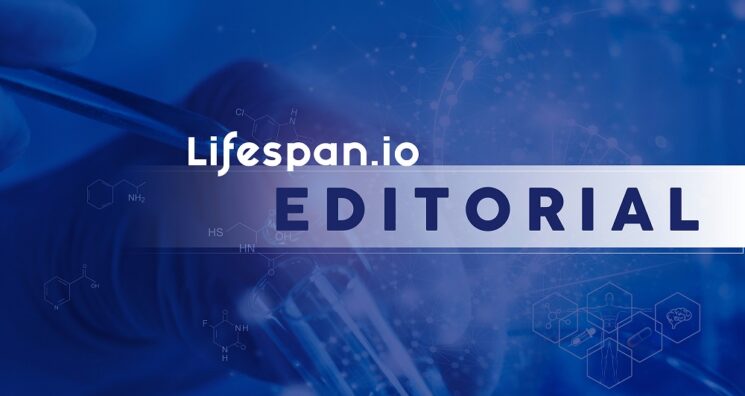
For those of us in the Northern Hemisphere, autumn is underway. The fall is a time when the leaves that are […]

In a recent study, researchers investigated aging- and disease-associated changes in gene expression related to epithelial-mesenchymal transition. Inducing the Yamanaka factors in mice allowed them […]

[Mountain View, September 17, 2025] — Lifespan Research Institute (LRI) today announced the launch of the Public Longevity Group (PLG), a […]

Scientists have demonstrated that even two days on a Western-like high-fat diet reduce hippocampal glucose availability, which activates a subset […]






























